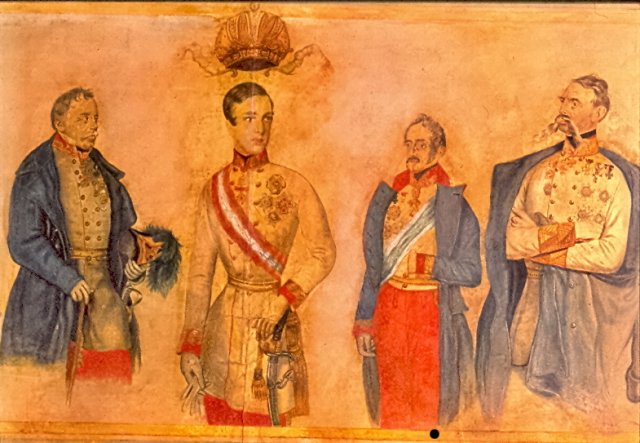From the fall of the Venetian Republic to the Kingdom of Lombardy-Venetia
Lombardy and Veneto were united under the House of Hapsburg and took the name of Kingdom of Lombardy-Venetia. This gave the illusion that the two great regions of Northern Italy could develop a form of self-government and fruitful civil development, in line with the tradition of Maria Theresa and Joseph II of Austria.
The Kingdom of Lombardy-Venetia was divided into two governments, one in Milan and one in Venice, each ruled by a separate governor. The Viceroy represented the Emperor and resided in Milan. Each government was divided into provinces and each province in districts and municipalities.
The citizens were represented in the local government by two central assemblies, one in Milan and the other in Venice.
In spite of these local government structures, the bureaucratic centralism, typical of the Hapsburg empire, was extended to the Kingdom of Lombardy-Venetia, so that decision making was firmly in the hands of the Imperial Chancelleries in Vienna.
Austria kept a careful watch on the Kingdom of Lombardy-Venetia, to prevent any attempt to upset the absolutist regime; when patriotic plots were discovered, Austrian authorities would intervene without exceeding in the repression, but even so the gallows and the jails claimed their victims.

Francesco Giuseppe e i suoi generali, 1852

